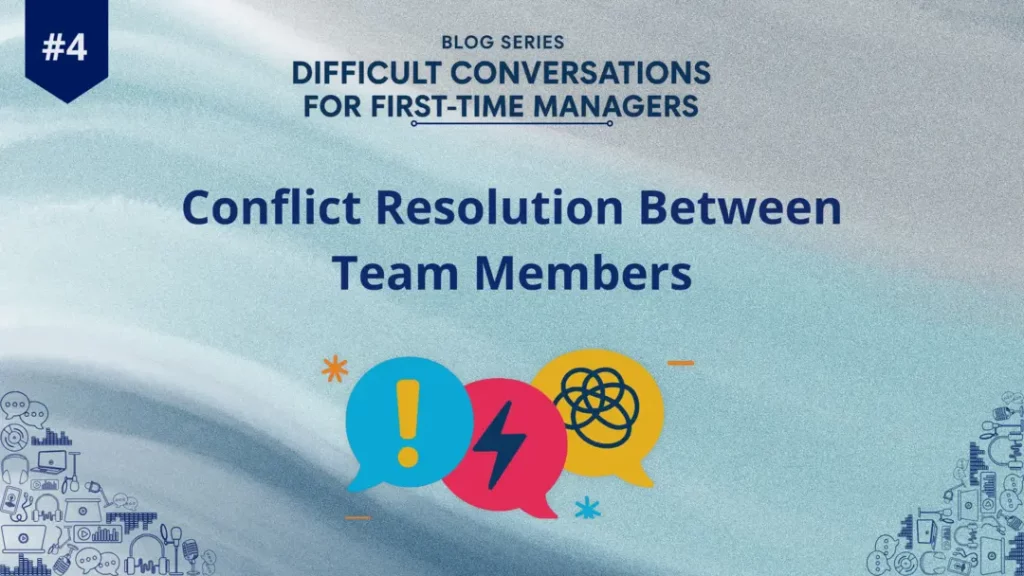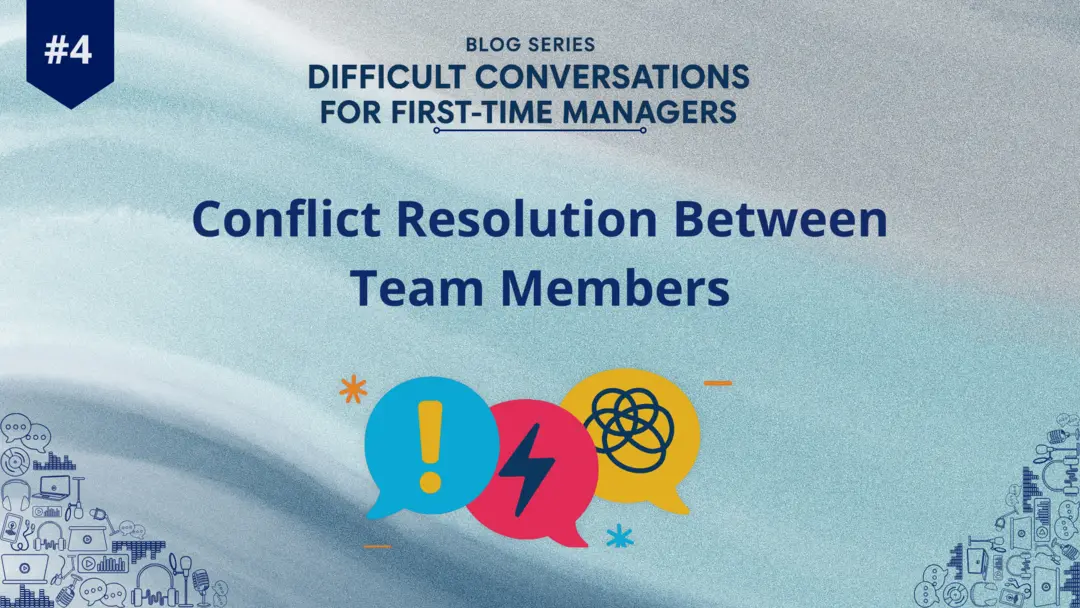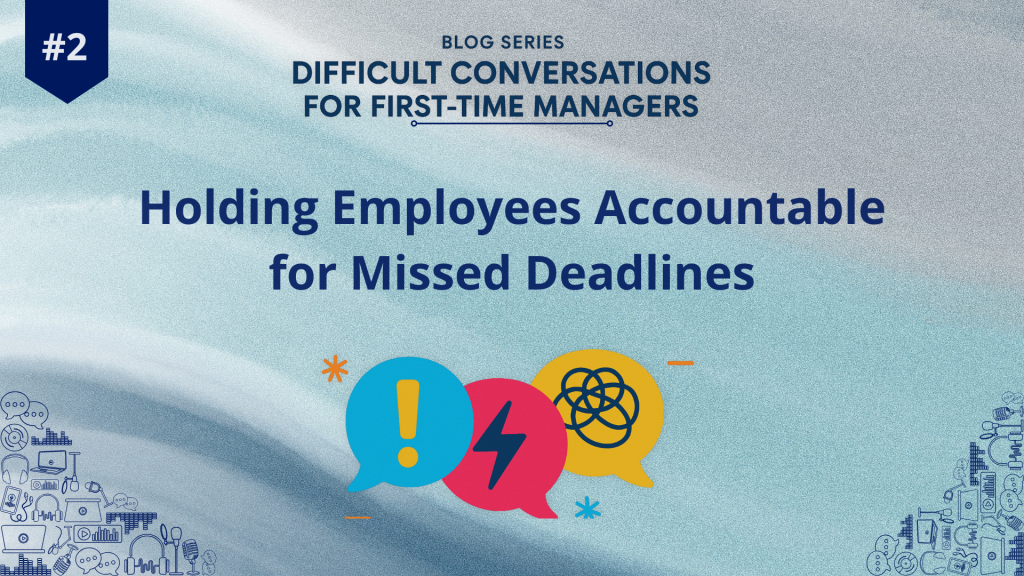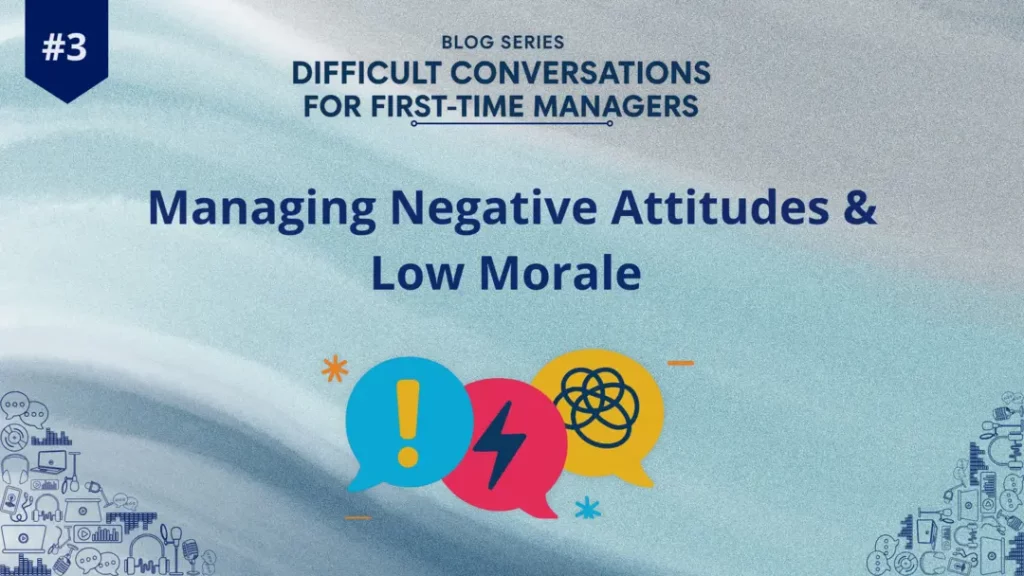” Your First Conflict as a Manager? Here’s Your Survival Kit”


“How do I get them to stop fighting and just work together?”
You’ve finally got that manager tag. New role, bigger responsibilities, your name on the glass door (okay, maybe just on Zoom for now). You’re all pumped—ready to lead, inspire, and maybe even upgrade the team’s emojis.
But hold on. Just a few weeks in, it hits you like a surprise HR townhall: conflict.
Two team members are not getting along. Meetings start feeling tense. Collaboration slows. And suddenly, you’re not just managing deadlines—you’re stuck playing referee in an emotional WWE match.
Welcome to the part of leadership no one warns you about: resolving team conflict without losing your mind.
Let’s break it down.
Why Conflict Throws First-Time Managers Off
It’s not that you’re weak or unprepared. It’s just… no one teaches you this in your onboarding.
Here’s what’s actually running through your head:
“If I take one side, the other one will hate me.”
“What if this blows up even more?”
“Will everyone think I can’t handle my team?”
Totally fair fears. But here’s the truth bomb: dodging conflict doesn’t make you a chill leader—it makes you a silent enabler. And nothing ruins morale faster than a manager who won’t step up when the vibes get messy.
Real Talk: When Credit Wars Got Ugly
Take this true-ish story.
Ananya, a newly minted team lead at a Mumbai marketing agency, has two top performers: Sahil and Priya. Both are smart, creative, and low-key competitive. Too low-key, actually—because their war isn’t loud. It’s all side-eyes in meetings, underhanded comments, and a race to take credit for every campaign.
Ananya’s gut says, “Don’t stir the pot.” So she doesn’t.
Until one day, the pot explodes. Right in the middle of a client pitch.
Awkward silence. A stunned client. A mortified team. And Ananya realizing – conflict won’t go away just because you pretend it doesn’t exist.
Sound familiar? If yes, here’s your playbook.
The 4-Step Survival Kit: Conflict Resolution for First-Time Managers
Step 1: Call It What It Is
Tension? Passive-aggression? Colleagues avoiding each other like they’re on different planets? Don’t ignore it. Say something.
What to do: Have a quick 1:1 with each person involved.
Try this line: “Hey, I’ve sensed a bit of tension between you and [X]. Want to talk about it?”
Pro Tip: In many Indian workplaces, people are taught to ‘adjust and move on.’ Your job? Build a culture where talking it out isn’t seen as drama.
Step 2: Listen Like a Human, Not a Judge
You don’t need to play “who’s right?” You need to understand why they’re clashing. Most fights boil down to one thing: feeling unseen or unheard.
What to do: Give both sides space to vent. No interruptions. No verdicts.
Ask questions like:
• “What do you wish the other person understood?”
• “How do you think we got here?”
• “What would make this better?”
Pro Tip: Don’t just listen for facts. Listen for emotions, patterns, and frustrations. That’s where the real story is.
Remember this: “A house divided against itself cannot stand.” – Abraham Lincoln (A stark reminder of what unresolved conflict can do to a team or organization.)
Step 3: Bring Them Together—But Keep It Chill
This isn’t a courtroom. It’s a conversation. Your goal is clarity, not confrontation.
What to do: Get both folks in a room. Set ground rules: no blame, no interrupting, and no shouting.
Focus on the future: “Let’s figure out a way where both of you feel recognized and respected going forward.”
Pro Tip: In top-down cultures, juniors often stay quiet. Nudge everyone to share—even the introverts. Equal airtime builds mutual respect.
Step 4: Lock It In with a Plan
Resolutions without follow-through = recycled drama. Be clear, write it down, and check back in.
What to do: Recap agreements, define new norms, and set a follow-up.
Try something like: “We’ll try this approach for the next two weeks and regroup to see how it’s going.”
Pro Tip: Don’t default to “I’ll decide.” Loop them in. When people help design the solution, they’re more likely to stick to it.
Conflict = Leadership in Action
Here’s the twist: conflict is not a roadblock. It’s an invitation.
An invitation to build trust
An invitation to model fairness
An invitation to show that you’ve got this
If you walk away remembering just one thing, let it be this: your leadership isn’t measured by how little conflict your team has. It’s measured by how you show up when it does.
So don’t duck. Don’t delay. Don’t dread it.
Intervene. Listen. Lead like you mean it.
This article is contributed by the GlobalGyan Editorial Team as part of our Leadership Essentials series.
In our series ‘Difficult Conversations for First Time Managers’ by Guan D’Penha, Senior Manager – Learning Solutions at GlobalGyan Leadership Academy, we will be sharing insights on the challenges faced by first-time managers.
In the next chapter, we confront one of the most uncomfortable yet crucial responsibilities of leadership—Addressing Unprofessional or Disrespectful Behaviour before it erodes team culture.









Responses